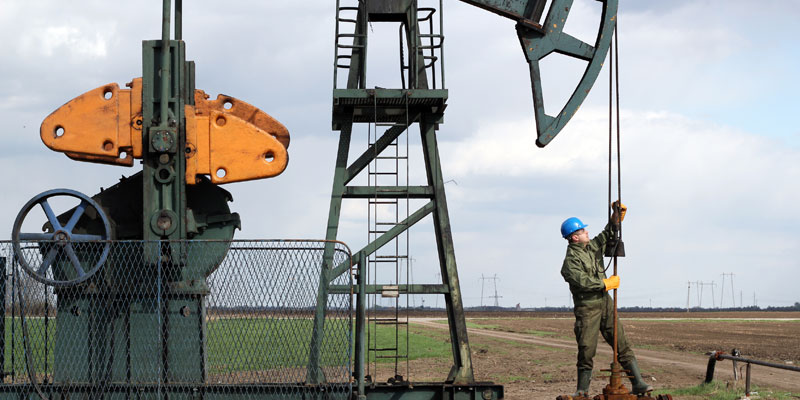Energy use can help stimulate post-COVID recovery in Canada

With Canada’s economy expected to contract by at least 6.8 per cent this year, governments across the country—including the Trudeau government—must identify existing policies that hinder economic recovery and growth. According to a new study, policies meant to constrain energy use or increase energy costs will impede economic growth. And that’s something we simply can’t afford.
Specifically, the study found a positive long-run relationship between energy use and economic activity, and that energy consumption is an essential input in economic growth. In other words, jurisdictions with abundant and affordable energy, which allow for greater energy consumption, are likely to experience higher rates of economic growth. For example, a 10 per cent increase in energy consumption is associated with a 1.2 per cent increase in economic activity.
According to the Trudeau government’s recent fiscal snapshot, Canada’s economy will decline by 41 per cent (on an annualized basis) in the second quarter of 2020. Canada also experienced sluggish economic growth prior to COVID-19. Between 2010 and 2019, Canada’s real Gross Domestic Product (GDP), the total value of domestically-produced goods and services, grew at an average annual rate of 2.2 per cent compared to 2.8 per cent in the 2000s, 2.4 per cent in the 1990s and almost 3 per cent in 1980s. In fact, Canada’s economic growth over the past decade was weaker than other developed countries including the United States, Germany, the United Kingdom and Japan.
Again, given Canada’s slow economic growth in recent years, and the deteriorating state of the economy due to COVID-19, policymakers should evaluate new and existing government programs and regulations—and eliminate those that hinder economic growth—so Canadians and their families can recover and thrive.
Unfortunately, in recent years, despite the important role affordable energy plays in economic growth, federal and provincial governments have implemented policies that artificially constrain energy use and/or increase energy costs. The most glaring example is Ontario’s Green Energy Act, which forced investment in renewable energy sources and caused sky-high electricity prices.
Then there’s the federal government’s plan to have 90 per cent of Canada’s electricity produced by non-emitting sources by 2030, which requires reduced use of fossil fuels and increased reliance on renewables such as wind and solar. These targets will adversely affect both the availability and affordability of energy.
While Ottawa’s rhetoric, that renewable energy investments will “build our economy,” sounds good, in reality, policies that reduce energy availability and make it more expensive actually hinder economic growth.
Interestingly, earlier this month federal Finance Minister Bill Morneau said the government will “focus on growth.” But if the federal government, or other governments across Canada, want to foster economic growth, they must understand that energy availability and affordability are key. This will require a fundamental rethink of various energy policies and environmental targets meant to reduce energy use.
Fostering energy abundance, by striking the proper balance between environmental and economic concerns—not trying to ration, reduce or overprice energy—should be the guiding principle for federal and provincial governments as they grapple with one of the worst recessions in Canadian history.
Authors:
Subscribe to the Fraser Institute
Get the latest news from the Fraser Institute on the latest research studies, news and events.



